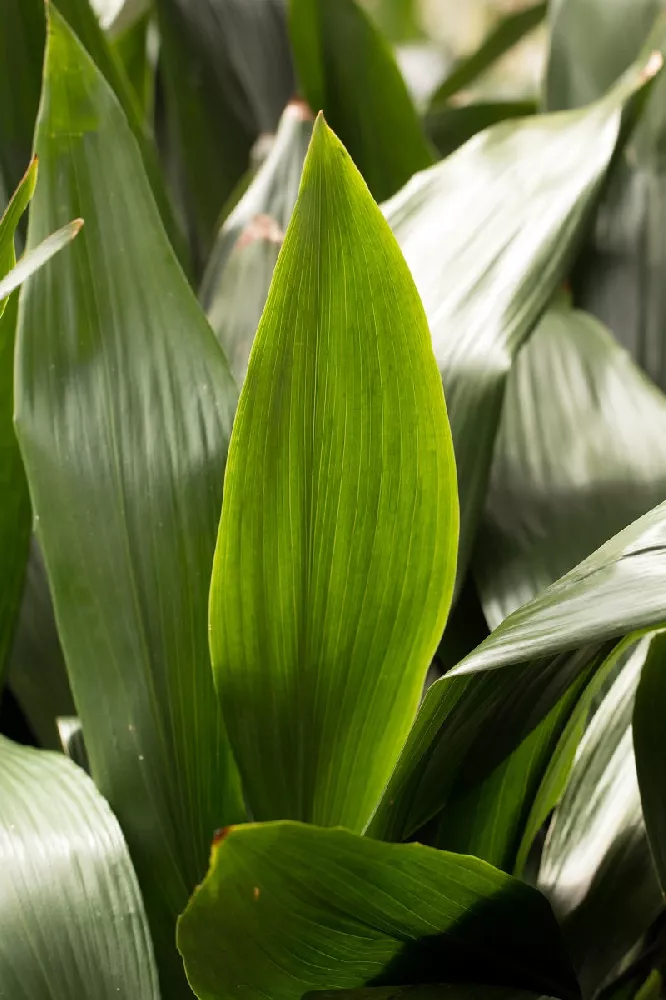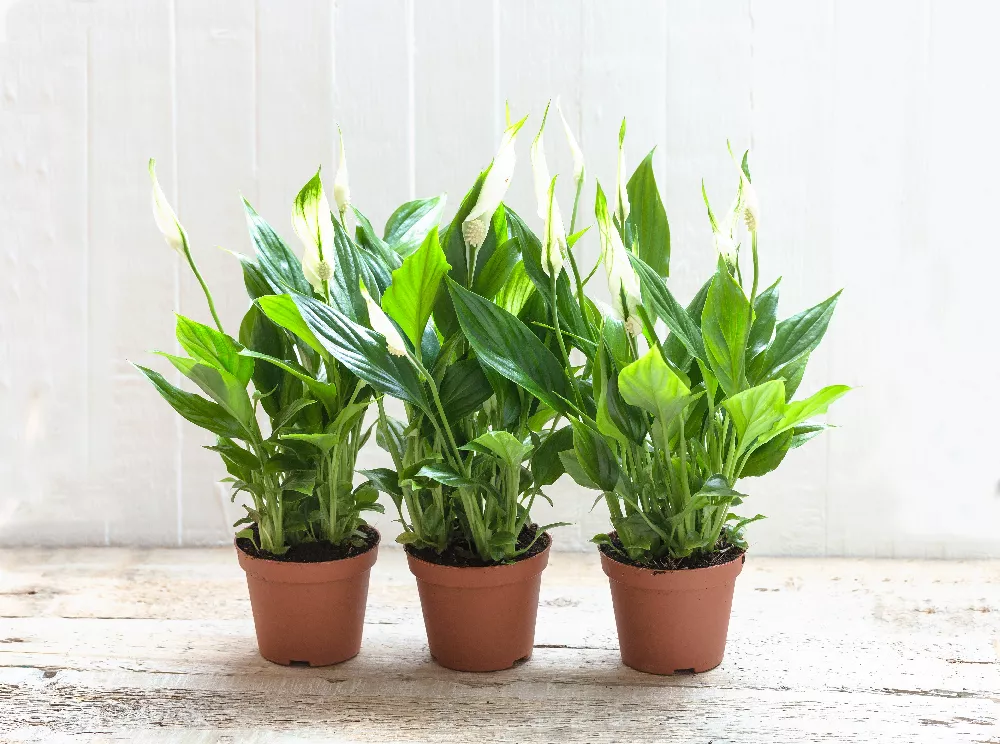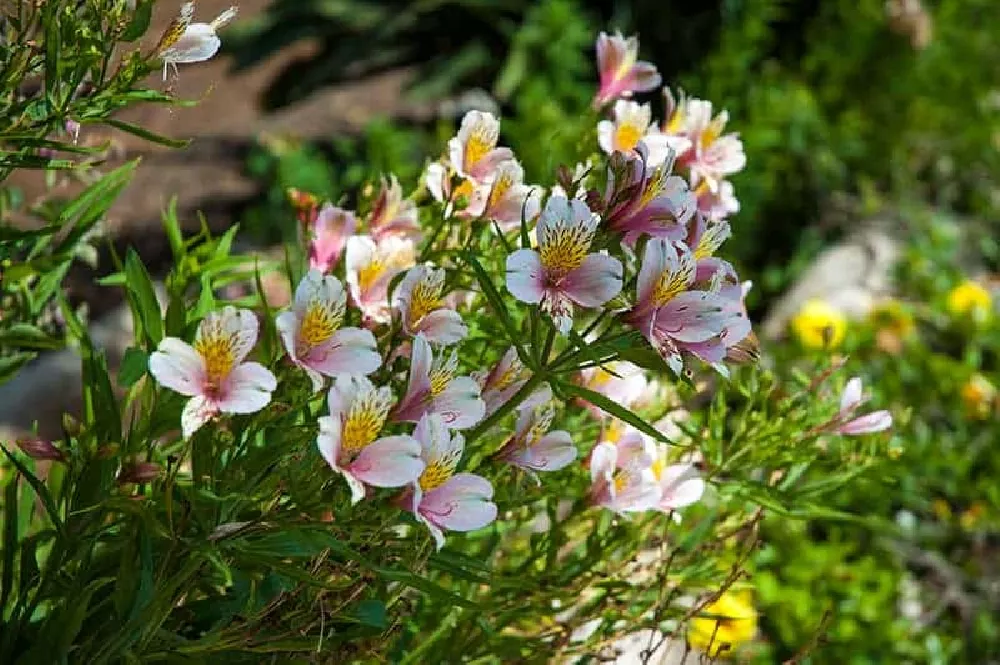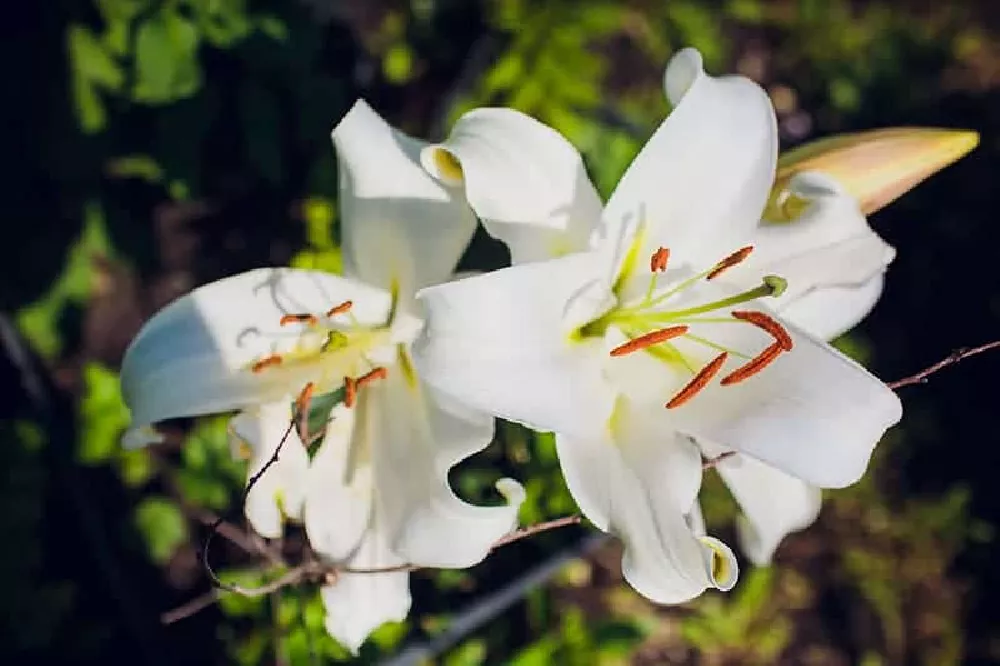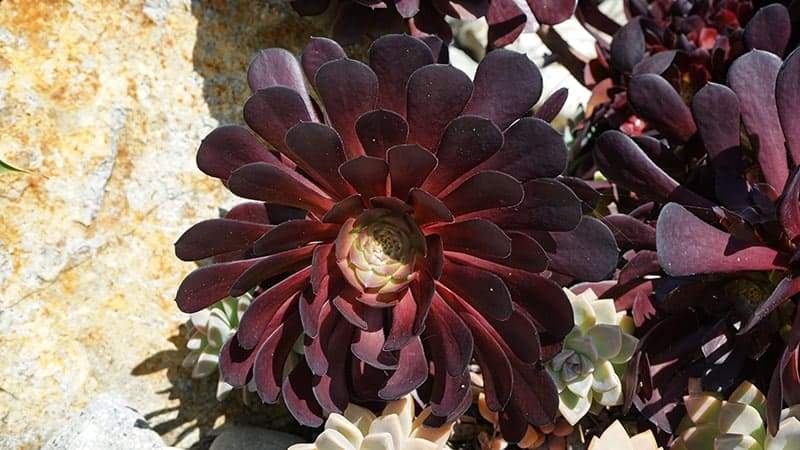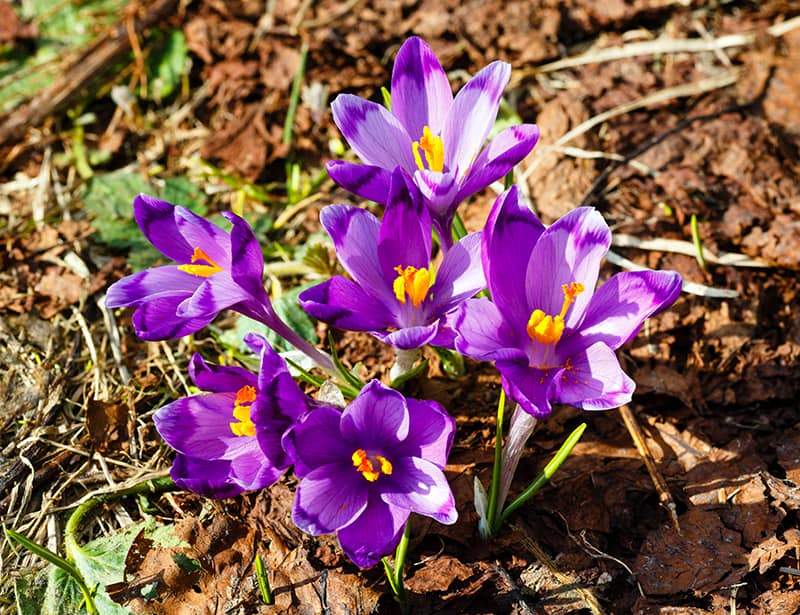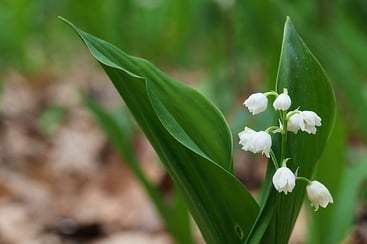- Home >
- Houseplants >
- Lilies
Lilies for Sale - Buying & Growing Guide
Filters
Price Range
Growing Zones
Plant Type
Sunlight
Mature Height
Plant Characteristics
4 Results
Lilies – Buying & Growing Guide
The Lilium family is large and varied, and there are lilies to suit almost every garden. They come in a broad range of colors and heights, and are appropriate in formal gardens as well as informal settings. Shop our lilies to find one that will add color and elegance to your garden.
Types of Lilies
| Type | Growing Zones | Mature Height | Sun | Features |
| Buff Pixie Lily, Lilium ‘Buff Pixie’ | 3-8 | 12 inches | Full to partial sun: at least 4 hours a day | A dwarf Asiatic lily; buff orange flowers; adaptable for container growing |
| Arabian Knight Lily/Turk’s Cap Lily, Lilium ‘Arabian Knight’ | 3-7 | 3-6 feet | Full to partial sun: at least 4 hours a day | A Martagon Hybrid variety; small but profuse golden/mahogany flowers; excellent cut flowers |
| Madonna Lily, Lilium candidum | 6-9 | 4-6 feet | Full to partial sun: at least 4 hours a day | A Candidum lily variety; large white flowers, very fragrant; blooms in late spring |
| Splendens Tiger Lily; Lilium lancifolium ‘Splendens’ | 3-9 | 3-4 feet | Full to partial sun: at least 4 hours a day | An American Hybrid variety; showy 5 inch orange flowers with black spots; mature plant can have up to 25 blossoms |
| Eyeliner Lily, Lilium ‘Eyeliner’ | 5a-8 | 2-3 feet | Full to partial sun: at least 4 hours a day | Part of the longiflorum lily group; white flowers with dark edge and spots; often used as Easter lily |
| African Queen Lily, Lilium ‘African Queen’ | 4a-8 | 4-6 feet | Full to partial sun: at least 4 hours a day | Part of the Trumpet and Aurelian Hybrids group; fragrant, 6-8 inches apricot-orange trumpet flowers; blooms in mid-later summer |
| Star Gazer Lily, Lilium ‘Star Gazer’ | 3-9 | 2-3 feet | Full to partial sun: at least 4 hours a day | Part of the Oriental Hybrids group; very fragrant crimson/white flowers with spotted centers; good container plant |
| Gluhwein Lily, Lilium ‘Gluhwein’ | 5-9 | 3-4 feet | Full to partial sun: at least 4 hours a day | Part of the Orienpet class of lily; peach flowers with cream and reddish shading; light fragrance |
| Gold Band Lily, Lilium auratum | 5-10 | 3-4 feet | Full to partial sun: at least 4 hours a day | Part of the species class of lily; fragrant prolific white flowers with crimson speckles; blooms midsummer |
How to Plant Lilies
With nine overall divisions, there is a style of lily to suit everyone, and conditions vary depending on the variety you have. Most do best in full sun but can handle partial shade, especially in hot southern climates. They make excellent border plants near the back of a mixed garden bed where their height keeps them above shorter cultivars.
Lilies are best planted en masse, with a group of at least three bulbs placed close to each other for an increased impact. Be aware that all parts of the lily plant are toxic to cats, so if you have feline friends, keep them away from your lilies.
How to Grow Lilies
- When. Plant Lilies in the spring after the danger of frost is past or in the fall, a few weeks before the anticipated first frost.
- Where. Plant in a sunny spot with well-draining, fertile soil near the back of the garden. Shorter lilies are excellent container plants.
- How. Loosen the soil to 12-15 inches. Add leaf mold or well-rotted organic matter and dig it in. Dig a hole three times as deep as the bulb is tall and set the bulb(s) in hole with pointed side up. Fill the hole with soil and tamp down. Water thoroughly and mulch with organic matter such as bark chips.
How to Care for Lilies
- Watering and nutrients. Lilies need about an inch of water a week. If you do not get this from rain, give them supplemental watering. Fertilize with a high-nitrogen product every two weeks during the growing season until the flowers have faded.
- Pruning. Remove dead and faded flowers regularly. Do not cut back the stem until the leaves have turned brown in late fall.
- Pollination. Lilies are pollinated by butterflies and bees drawn to the brightly colored flowers. Seed pods can be harvested when they are brown and dry. Lilies also multiply through bulb increase, which will happen naturally if the plant is well-sited.
